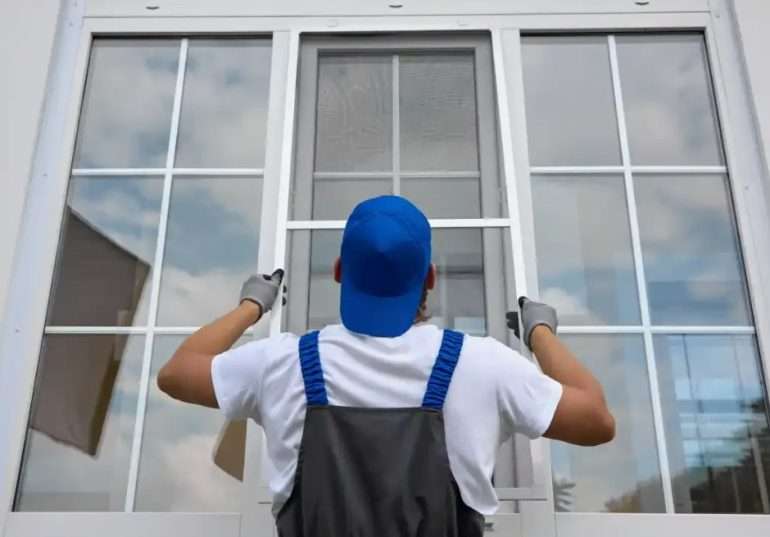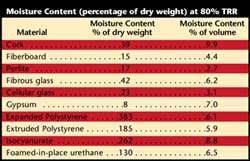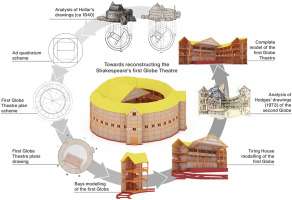The quest to solve a crossword puzzle can be a delightful mental exercise, especially when faced with a challenging clue like “Heat resistant building material.” This seemingly simple phrase unlocks a world of possibilities, demanding consideration of various materials and their thermal properties. Finding the correct answer often requires a blend of general knowledge and a bit of creative thinking. After all, the perfect solution must not only be heat resistant but also fit the precise number of letters indicated by the crossword grid.
Understanding Heat Resistance in Construction
Before diving into specific materials, it’s important to understand what makes a building material heat resistant. Heat resistance refers to a material’s ability to withstand high temperatures without significant degradation, deformation, or combustion. This is crucial for fire safety, energy efficiency, and the overall durability of structures. Factors influencing heat resistance include:
- Thermal Conductivity: A measure of how easily heat flows through a material. Lower thermal conductivity means better insulation.
- Specific Heat Capacity: The amount of heat required to raise the temperature of a substance by a certain amount. Higher specific heat capacity allows a material to absorb more heat without a significant temperature increase.
- Melting Point: The temperature at which a solid material transitions to a liquid state. A higher melting point indicates greater heat resistance.
Potential Answers to the Crossword Clue
Several building materials could potentially satisfy the “Heat resistant building material” clue, depending on the number of letters required. Here are a few possibilities:
Common Choices
- Brick: A classic and reliable choice, known for its inherent fire resistance.
- Stone: Another natural material with excellent heat resistance.
- Cement: A key component of concrete, which is widely used in construction for its durability and fire-resistant properties.
Less Obvious, but Possible
- Asbestos: (Note: While highly heat resistant, asbestos is now known to be hazardous to health and is banned in many countries. Only use this if the crossword puzzle is historical in nature).
- Ceramic: Used in tiles and other applications, ceramics offer excellent heat resistance.
- Vermiculite: A mineral used as insulation due to its fire-resistant qualities.
The Right Answer: The Key is Context
Ultimately, the correct answer to the “Heat resistant building material crossword clue” depends entirely on the number of letters available in the crossword puzzle grid. Examine the surrounding clues and the intersecting letters to narrow down the possibilities. Consider the era the crossword was made, as this could point toward materials more commonly used at the time. Good luck, and happy puzzling! The first sentence of this concluding paragraph uses the keyword.
ADVANCED HEAT-RESISTANT MATERIALS IN CONTEMPORARY CONSTRUCTION
While traditional materials such as brick and stone retain their relevance, modern construction increasingly incorporates advanced materials engineered for superior thermal performance. These materials often exhibit a synergistic combination of properties, offering not only heat resistance but also enhanced structural integrity, reduced weight, and improved energy efficiency. The selection of these materials necessitates a thorough understanding of project-specific requirements, including anticipated temperature fluctuations, fire safety regulations, and long-term durability considerations.
HIGH-PERFORMANCE CONCRETE
Traditional concrete, while inherently fire-resistant, can be further enhanced through the incorporation of specific admixtures and aggregates. High-performance concrete (HPC) formulations often utilize silica fume, fly ash, or other supplementary cementitious materials to reduce permeability, increase compressive strength, and improve resistance to thermal degradation. Furthermore, the inclusion of heat-resistant aggregates, such as basalt or lightweight expanded clay aggregate (LECA), can further enhance the concrete’s ability to withstand elevated temperatures without significant spalling or cracking. These advanced concrete mixes are crucial for infrastructure projects, particularly in environments prone to extreme heat or potential fire hazards.
FIRE-RESISTANT INSULATION MATERIALS
Effective insulation is paramount in maintaining comfortable indoor temperatures and minimizing energy consumption. Traditional insulation materials, such as fiberglass and cellulose, may offer limited fire resistance. Consequently, the building industry has witnessed the development of advanced insulation materials specifically designed to withstand high temperatures and retard the spread of fire. These materials include:
– Mineral Wool: Composed of molten rock or slag, mineral wool offers excellent fire resistance and thermal performance.
– Spray-Applied Fire-Resistive Materials (SFRMs): Typically cementitious or gypsum-based coatings, SFRMs are applied directly to structural steel to provide a protective barrier against fire.
– Intumescent Coatings: These coatings expand significantly when exposed to heat, forming a char layer that insulates the underlying substrate.
The selection of the appropriate fire-resistant insulation material depends on factors such as the building’s occupancy type, construction materials, and applicable fire codes. A comprehensive fire risk assessment is essential to ensure that the chosen insulation provides adequate protection.
EMERGING TRENDS IN HEAT-RESISTANT MATERIALS
Ongoing research and development efforts are continuously pushing the boundaries of heat-resistant materials. Emerging trends include the exploration of novel ceramic composites, bio-based insulation materials with enhanced fire resistance, and advanced coatings that offer self-healing properties. These innovative materials hold the potential to revolutionize the construction industry, leading to more sustainable, resilient, and energy-efficient buildings. The ongoing advancement of these materials will no doubt continue to shape the future of building design and engineering.






